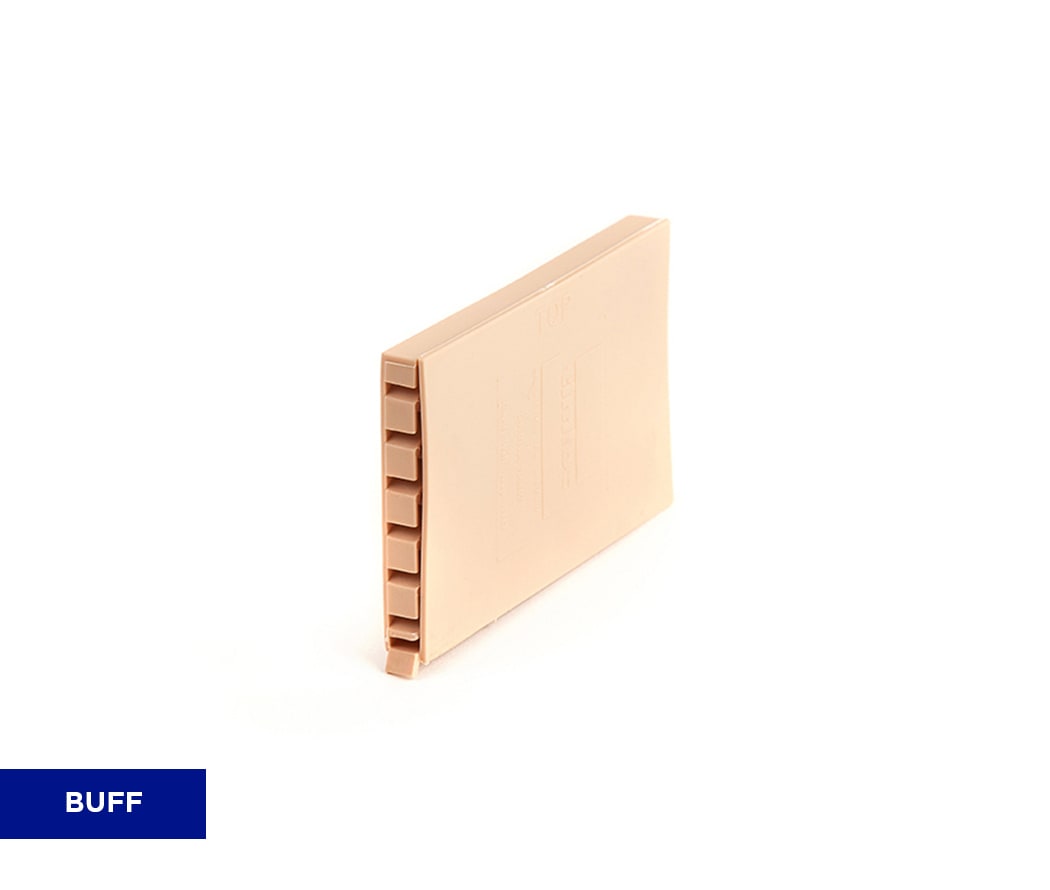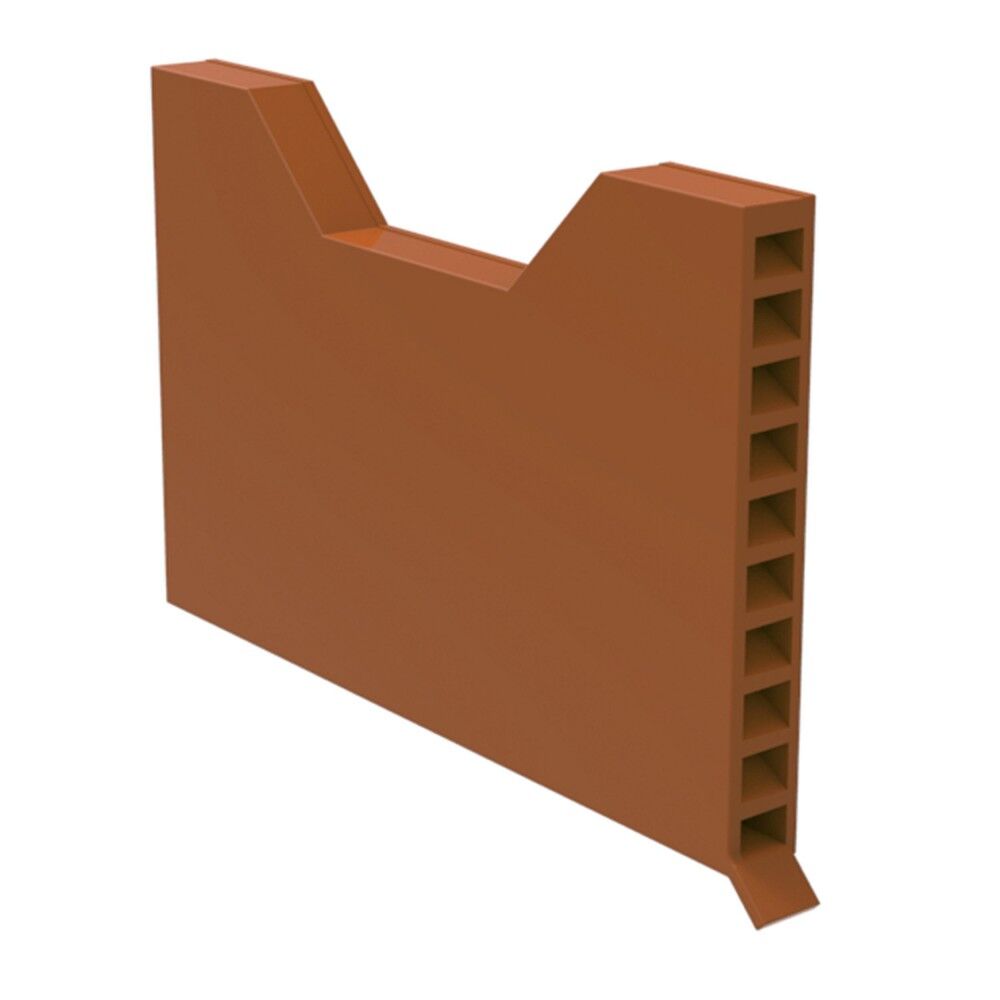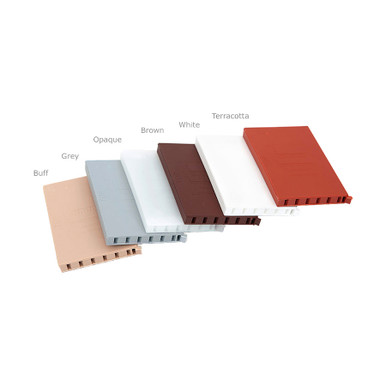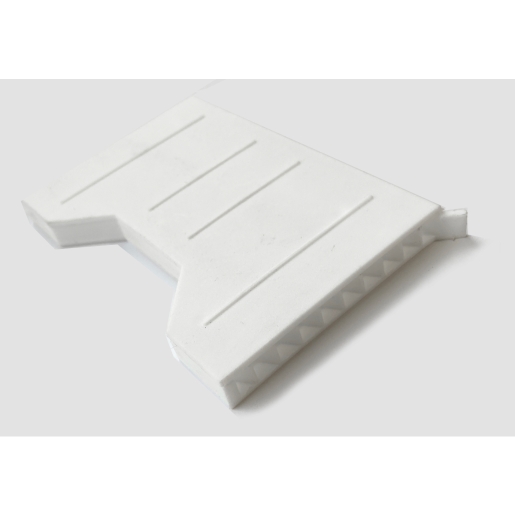Rather place your order over the phone? Trade customers can call us directly to place new orders on 0208 2641 144. Lines open 8am - 10pm 7 days/week.
Weep vents
Weep vents are used to allow moisture to escape from cavity walls. They help prevent damp and water damage by providing airflow through the outer leaf of brickwork. Commonly installed at the base of cavity walls or above openings like windows and ...
5 results
VAT
ex
inc
Weep vents - FAQs ...




